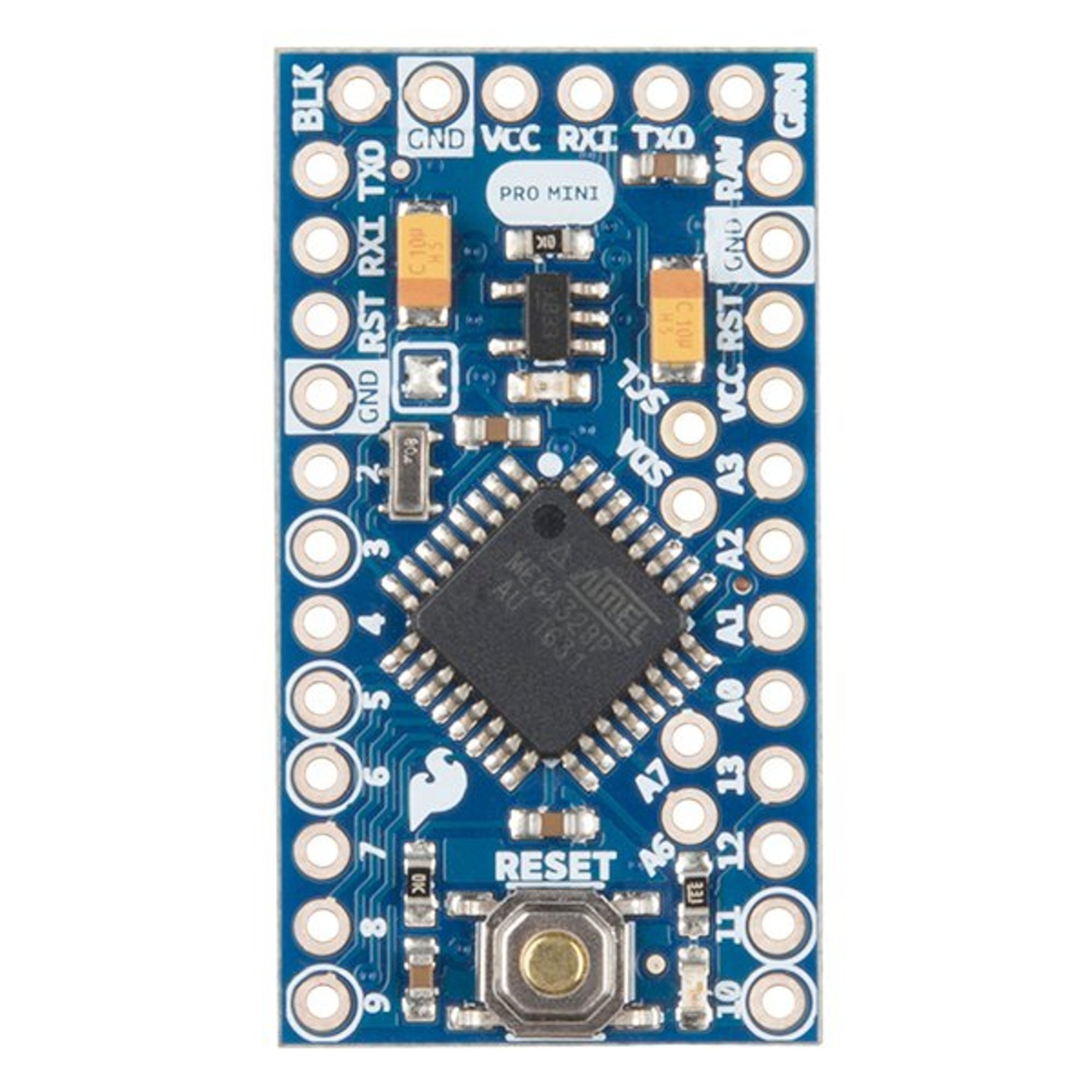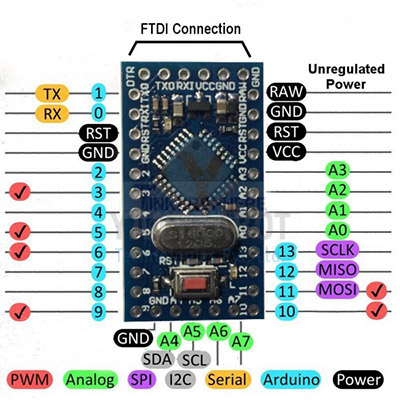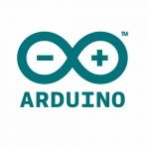





Pro Mini ATMEGA328P 5V/16M Development Board - Compatible with Arduino
The Arduino Pro mini is a small Arduino board based on ATmega328P or Microcontroller. The connectivity and functionality are the same as other Arduino boards. It is preferred by advanced users for greater flexibility and small size. The board comes in different variants.
₹ 299 ₹399
399
Add FAQ
The Arduino Pro Mini is a small microcontroller board based on the ATmega328 or ATmega168 microcontroller, designed to be used in projects where space is at a premium and cost-effectiveness is important. Here's a detailed description of the Arduino Pro Mini:
Key Features:
-
Microcontroller:
- Comes in two variants:
- ATmega328: 32 KB of Flash memory (2 KB used by bootloader), 2 KB of SRAM, and 1 KB of EEPROM.
- ATmega168: 16 KB of Flash memory (2 KB used by bootloader), 1 KB of SRAM, and 512 bytes of EEPROM.
- Both variants run at 16 MHz.
- Comes in two variants:
-
Operating Voltage:
- 3.3V or 5V (depending on the model chosen).
-
Input Voltage (recommended):
- 3.35-12V.
-
Digital I/O Pins:
- 14 (of which 6 provide PWM output).
-
Analog Input Pins:
- 8.
-
UART (Serial Communication):
- 1.
-
SPI (Serial Peripheral Interface) Communication:
- 1.
-
I2C (Inter-Integrated Circuit) Communication:
- Not directly supported; can be implemented using software libraries.
-
Flash Memory:
- ATmega328: 32 KB.
- ATmega168: 16 KB.
-
SRAM:
- ATmega328: 2 KB.
- ATmega168: 1 KB.
-
EEPROM:
- ATmega328: 1 KB.
- ATmega168: 512 bytes.
-
Clock Speed:
- 16 MHz.
-
Power Supply:
- Can be powered via the VCC pin or RAW pin (3.35-12V DC).
- Includes onboard voltage regulator for stable 3.3V or 5V operation.
-
Reset Button:
- Used to reset the microcontroller.
-
Size:
- Compact size, typically around 18.5 x 33 mm (0.73 x 1.3 inches).
-
USB Connection:
- Not built-in; requires an external USB-to-serial adapter (e.g., FTDI or CP2102 module) for programming.
Usage:
- The Arduino Pro Mini is ideal for projects where small size, low cost, and minimal power consumption are critical.
- Often used in wearables, remote sensing devices, data loggers, and projects requiring deployment in compact spaces.
Programming:
- Programmed using the Arduino IDE, similar to other Arduino boards.
- Requires an external USB-to-serial adapter (e.g., FTDI or CP2102 module) for programming and serial communication.
Considerations:
- Due to its small size and lack of onboard USB, it may require additional components (USB-to-serial adapter) for programming and debugging.
- Offers reduced I/O pins compared to larger Arduino boards like the Uno or Mega, limiting the number of peripherals that can be directly connected.
Example Applications:
- Portable and battery-operated projects.
- Embedded systems with space constraints.
- IoT (Internet of Things) devices.
- Low-power sensor nodes and data loggers.
The Arduino Pro Mini is favored for its compact size, simplicity, and cost-effectiveness, making it a popular choice for DIY electronics enthusiasts and professionals alike, especially in applications where size and power consumption are critical factors.

0 Reviews For this Product




 Arduino
Arduino 



.jpg&width=225&quality=80)




2.jpeg&width=225&quality=80)


